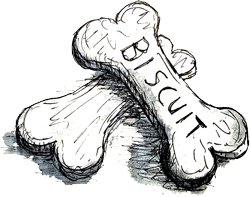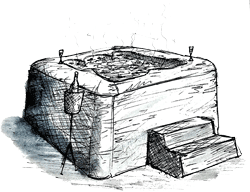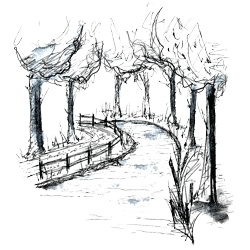
What’s in a Name? The Meaning Behind Popular Suffolk Town Names
Whilst the Bard may have surmised that there isn’t an awful lot of significance to names, we’re going to go out on a limb and suggest, politely, that he may have been wrong. Especially when it comes to the names of Suffolk towns.
Due to various pirates from Scandinavia settling in the county during the 8th and 9th centuries, as well as a few native Englishman staking a claim to certain parts of the land, Suffolk has acquired a fair amount of interesting town names due to its unique history.
Donning our history hats, we’ve taken a closer look at a few of the more curious examples of the meaning behind Suffolk towns. And where better to start than Ipswich, a fantastic town close to our Barns and Barges for rent?
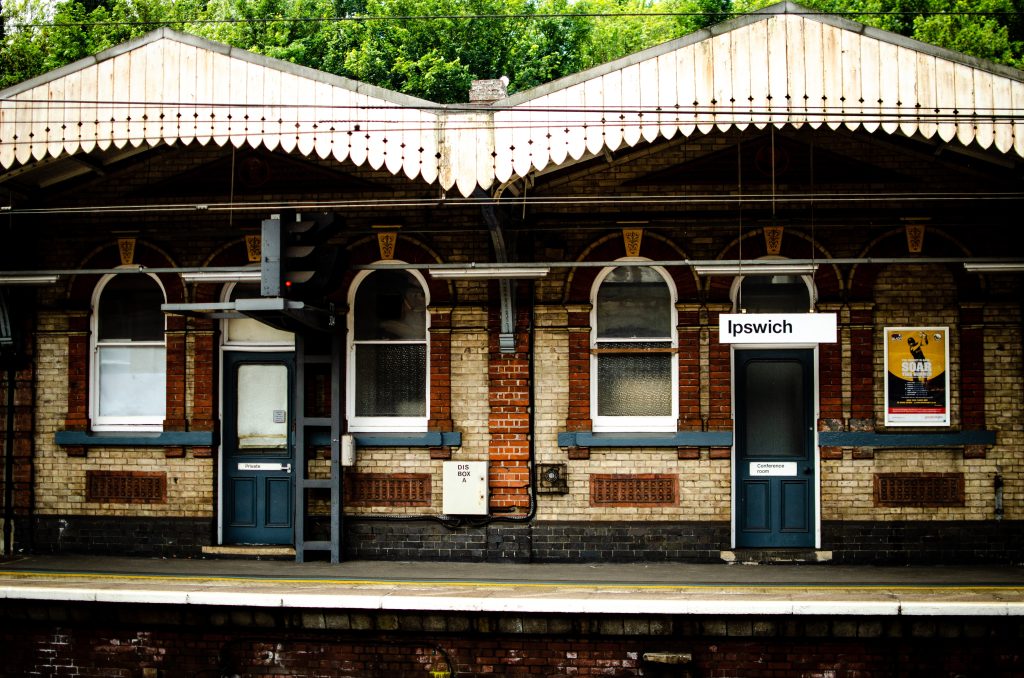
First recorded as “Gipes wic” in a version of the Anglo-Saxon Chronicle that dates all the way back to 993, historians have suggested that the naming convention of Ipswich had to do with the River Orwell. Specifically, the Old English word “gype” describes an “opening gap” like that of the estuary of the river. Pronounced with a soft g, “Gipes wic” broadly translated to the name we know now, but it wasn’t until the 13th century that the spelling caught up with the sound.
Interestingly, some historians have also speculated that when compiling the Domesday Book, the Normans read the name slightly differently, leading to two distinct pronunciations emerging in the town, a fact that can be observed today at Gipperswick Park.
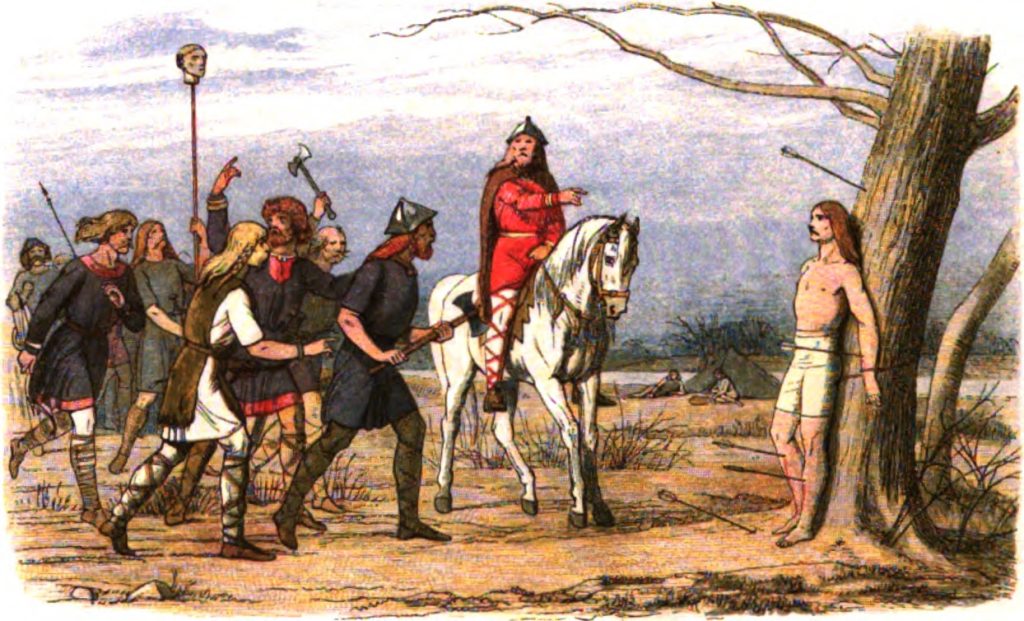
Another Suffolk town with a fascinating past, Bury St Edmunds owes its name to a curious mystery.
Taking its name from the original Patron Saint of England, King Edmund, the story goes that in his reign, the king was killed by invading Danes after refusing to renounce his Christianity. Carried out in a rather gruesome fashion, St Edmund was at first tied to a tree before being shot with arrows and beheaded. Following this belts and braces approach to assaination, the king’s body was gathered up, but his head was missing. Later on, a group of his supporters claim to have been led to the king’s missing head by the cry of a wolf.
No, honestly.
After reuniting his head with his body, the King’s supporters entombed him in the town, eventually moving him to the cathedral which would lead to it becoming a popular place of pilgrimage for future kings. All told, it would certainly be hard to imagine someone more deserving of a town name than St Edmund!
Now to end with something a little lighter.
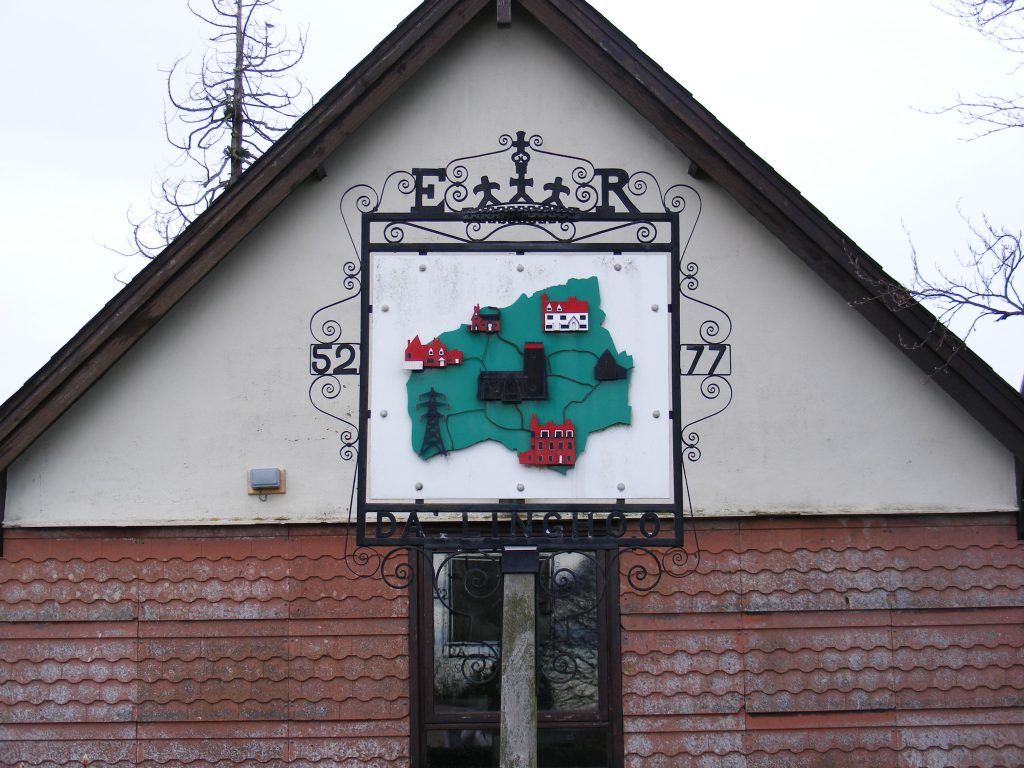
No doubt one of the more intriguing place names in Suffolk, Dallinghoo is a small village nearby our Barns for rent. Believed to take its name from the Old English for “hill spur of the family or followers of a man with the name of Deall”, this historic spot remains a favourite amongst treasure-seekers keen to find similar riches to those found at the iconic and nearby Sutton Hoo.
Whether you’re keen to embark on a treasure hunt of your own, or would prefer to visit the more modern attractions belonging to these towns and villages, be sure to do it in comfort by browsing our Barns and Barges for rent in Suffolk.




